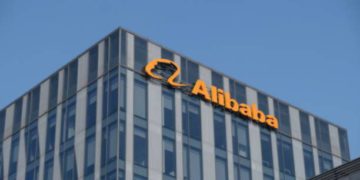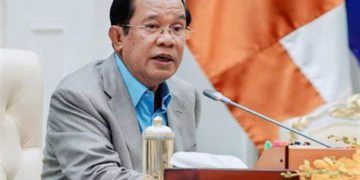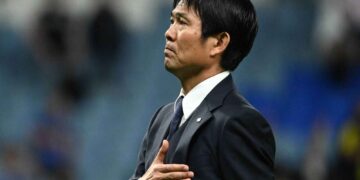London (UK) – Activist hedge fund Third Point LLC is pushing Intel Corp to explore strategic alternatives, including whether it should keep chip design and production under one roof, according to a letter it sent to the company’s chairman on Tuesday that was reviewed by Reuters.
Were it to gain traction, Third Point’s push for changes could lead to a major shakeup at Intel, which has been slow to respond to investor calls to outsource more of its manufacturing capacity. It could also lead to the unwinding of some of its acquisitions, such as the $16.7 billion purchase of programmable chip maker Altera in 2015.
Third Point Chief Executive Daniel Loeb wrote to Intel Chairman Omar Ishrak calling for immediate action to boost the company’s position as a major provider of processor chips for PCs and data centers. The New York-based fund has amassed a nearly $1 billion stake in Intel, according to people familiar with the matter.
Intel shares rose 6.1% to $49.95, the most in more than eight months on the news, giving the company a market value of more than $200 billion. The stock had declined about 21% this year, compared with a 43% rise in the Nasdaq Composite Index.
Intel’s most urgent task was addressing its “human capital management issue,” as many of its talented chip designers have fled, “demoralized by the status quo,” Loeb wrote in the letter.
Intel has lost its pole position in microprocessor manufacturing to Taiwan Semiconductor Manufacturing Co and South Korea’s Samsung Electronics Co Ltd, Loeb wrote in the letter.
Intel is also losing market share in its core PC and data center markets to Advanced Micro Devices Inc, Loeb added. NVIDIA Corp is dominating computational models used in artificial intelligence applications, while Intel has been largely absent in this nascent market, according to the letter.
“Without immediate change at Intel, we fear that America’s access to leading-edge semiconductor supply will erode, forcing the U.S. to rely more heavily on a geopolitically unstable East Asia to power everything from PCs to data centers to critical infrastructure and more,” Loeb wrote.
In a short statement, the Santa Clara, California-based company said, “Intel welcomes input from all investors regarding enhanced shareholder value. In that spirit, we look forward to engaging with Third Point LLC on their ideas towards that goal.”
Loeb asked Intel to retain an investment adviser to evaluate strategic alternatives, including whether it should remain an integrated device manufacturer and the potential divestment of failed acquisitions, according to the letter. Third Point believes that Intel should consider separating its chip design from its semiconductor fabrication plant manufacturing operations, according to the sources. This could include a joint venture in manufacturing, according to sources.
Intel customers, such as Apple Inc, Microsoft Corp and Amazon.com Inc, are developing their own in-house silicon solutions and sending those designs to be manufactured in East Asia, Loeb wrote. He suggested Intel must offer new solutions to retain these customers rather than have them send their manufacturing away.
Third Point, which has $15 billion in assets under management, has experience in pushing companies to pursue deals, including at Prudential Plc, Yum! Brands Inc, Dow Chemical and United Technologies. The firm’s Third Point Offshore fund was up 19.9% for the year through the middle of December, according to a source familiar with the matter.
Loeb said in the letter that Third Point reserved the option to submit nominees for election to Intel’s board at its next annual meeting, should it sense “a reluctance to work together to address the concerns” it raised.
OUTSOURCING MANUFACTURING
The COVID-19 pandemic has given Intel a boost in the form or surging laptop sales, as employees and students work and learn from home. But the company has failed to capitalize on strong demand for semiconductors more broadly, needed to power everything from smartphones to artificial intelligence.
This is because Intel’s in-house manufacturing capabilities have often struggled with the customized chips its clients want. The ability of its rivals to use a wide network of suppliers also results in many of its offerings lagging its rivals in speed and energy consumption.
Splitting its design and manufacturing operations could help it produce better chips at a lower cost by tapping outside vendors to make its most advanced central processors, a step executives have long resisted.
But selling Intel’s factories, or even opening them up more to contract manufacturing, could pose a challenge because they are geared toward its own design process, rather than broader industry standards that other companies follow.
U.S. national security concerns could present another obstacle to a potential divestment. Intel’s most formidable manufacturing rivals – TSMC and Samsung – have their manufacturing base overseas, and it is unclear whether regulators would approve a sale of any of Intel’s chipmaking operations to a foreign entity, given its central role in the supply chain.
Intel named its former chief financial officer, Bob Swan, chief executive last year. In June, it lost one of its veteran chip designers, Jim Keller, over a dispute on whether the company should outsource more of its production, sources said at the time.















































